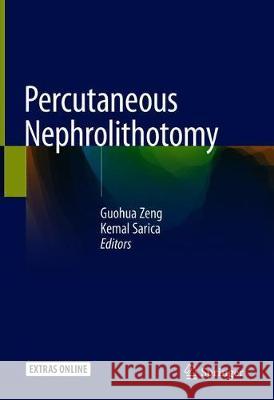Percutaneous Nephrolithotomy » książka
topmenu
Percutaneous Nephrolithotomy
ISBN-13: 9789811505744 / Angielski / Twarda / 2020 / 202 str.
Percutaneous Nephrolithotomy
ISBN-13: 9789811505744 / Angielski / Twarda / 2020 / 202 str.
cena 605,23
(netto: 576,41 VAT: 5%)
Najniższa cena z 30 dni: 578,30
(netto: 576,41 VAT: 5%)
Najniższa cena z 30 dni: 578,30
Termin realizacji zamówienia:
ok. 22 dni roboczych.
ok. 22 dni roboczych.
Darmowa dostawa!
Kategorie BISAC:
Wydawca:
Springer
Język:
Angielski
ISBN-13:
9789811505744
Rok wydania:
2020
Dostępne języki:
Ilość stron:
202
Oprawa:
Twarda











